The exhibition, curated by Dorian Cara is a further tribute to the artist winner, last January, the International Prize and Exhibition of Small Graphic and Ex Libris "Art and the Mountain", an event organized by CAI in conjunction with the MAPP (Museum d'Arte Paolo Pini) in Milan.
Among the hundreds of works came from 53 different nations, which were received from 322 artists and exhibited at the MAPP, the woodcut of Bruno Ritter, called Piz Lizun (2008) has been recognized as deserving to be rewarded for their special technique, the high levels of executive and professional graphic skill, innovation, invention compositions and original creative expression.
The Regulation of International Award will include the construction of an exhibition event that would allow the public can also admire other material's production winner.
Bruno Ritter was born in Cham, in the canton of Zug, works between Schaffhausen and Zurich, moving later in Bregaglia valley near Maloja, and starts - for love - an artistic commuting between the Chiavenna neighboring Switzerland, where he opened his own studio painting at the castle of the town.
Artist intimately linked to the life of the mountain, in his art emerging tensions, made of white and dazzling colours lit, silence, nature decrypt them with clean lines, dark solitude of men to search for the immortal majesty of rocks.
The entire route of graphic signs and the brush strokes is caused by the energy intended to exceed the physical and mental that the mountain ancestrally imposes. And after? What is it, what answers behind the light and horizons? Here the whole work of the conceptual and aesthetic responses
Bruno Ritter tries to give his own solution, absolutely convincing: the Over can be built by themselves through opening to the reality, not forgetting the origins, traditions and customs of places clean.
Bruno Ritter: That silent voices of the mountain
Teaching, the varied experiences of living and working Italian-Swiss, commuting, even the boundaries between the exhibitions and collaborations are key items to better define the curriculum vitae of Bruno Ritter artist attentive in the synthesis of multiple input welcomed and subsequent proposed in a pictorial and graphic of it, by which he makes the fundamental question: what then?
Meanwhile, what strikes the human journey and artistic Ritter, from the native Cham, continuing between Schaffhausen, Neuhausen and Zurich, all the way to the valleys and Bregaglia Chiavenna, is obsessed with the constant tension in investigating the actions of stillness time, spending inexorably erodes the man while leaving unchanged those silences mountain made of rocks, snow, sky and human habits common in the valleys of the world to which he belongs.
The overlap, in fact, three quarters of faces depicted in the manner of Rudolf Hausner, the suspension of its atmosphere and vivid colors realistic expressionism of Otto Dix, the dream world of Ernst Fuchs and Wolfgang Hutter all be considered in Ritter's artistic career which offers its players - especially those in which human figures and their comparison are the absolute protagonists - a sacred emphasized the setting of the canvases in the form of diptychs or triptychs, as was the German painting of the fifteenth and five hundred, or that of Grünenwald Dürer For instance, by surrounding and giving an innovative position in the humanity of the mountain that becomes, in his silence, the new purgatory of his world.
The encounter with the Italian painting, mediated by contacts with critics Giovanni Testori and Raffaele De Grada, is dominant progressive artistic inspiration of Ritter who, in the realists of the thirties of the Roman School, which Mafai, Scipio, and referents garde in Milan, as Birolli, Carlo Levi and Aligi Sassu, or in Group Six of Turin and Emilio Vedova, recovers, which will endorse and transformations, the fundamental teachings and new dynamics of inspiration.
A further look and consequent propulsion of creativity Ritter finds them again later to quell'informale materico distillate Morlotti, Chighine and Repetto, and reassembled in the density of species in the vibration of colors and brush exfoliation are detectable in the mountains, softened in their dramatic and immobile physical and psychological entity.
His style, the imprint of that painting and also the graphic shape, it is always clear, not only running, but also in the sense of mastery with which it represents the inner world shines in this work.
The effect seems ambiguous, if read carefully and seeking payment in their own way, creating tension admired not only to re-aesthetic solution, also proposed to a deeper reflection. This mode is rendered pictorially in a meditative blend until pale, and almost dazzling to the reality represented and subjects, so as to amplify the feeling of suspension in time and thus promoting a sense of overwhelming silence crucial place of meditation.
In Bruno Ritter, in which the heated colors of the narrative inevitably leads back to the inspirations drawn from the culture and the German Expressionist array of opposition lines / light, pointing the outline captured by sophisticated knowledge of graphic signs, you can read a systematic modus investigate to look for concrete, credible answers you want, and interior still, unfortunately, not fully satisfied the public interest.
Whites and those quiet, beautifully evokes the origins of which (for places) and traditions (for men), are instruments of language encouraged to go beyond the mere matter of painting, to give shape albino, full of meaning if denser Settlement in the form of light and beyond the image of a formula.
The effect is to turn the same light in a very personal manner and ability to respond to the poignant question within, that the mountain with his own visual barriers always requires that there man is born and lives.
The Enge, the concept of bottleneck that for the Swiss culture is defined geographic closure, human and psychic, has finally Ritter with a new opportunity to overcome, thanks to its experience, as well as commuting between boundaries between horizons also through its proposed solution: build the structure for picture-plane, paying the expressiveness of gesture and form of human nature foreground and relegating the answers to ultimate questions, the ontological, the plan fund. Everyone has the opportunity freely to complete themselves, mentally, and with ample space, without the unknown factor of time and space, its horizon.
Ritter is, therefore, be observant narrator of the human soul is natural scenery, which he knows deeply the dynamics and signs, and know what to take, with a dramatically wide open eyes, piercing the inherent demand that tends towards the unknown, and that transforms the whole of reality into an immense physical and mental Enge, besides outlining the light: the answer.
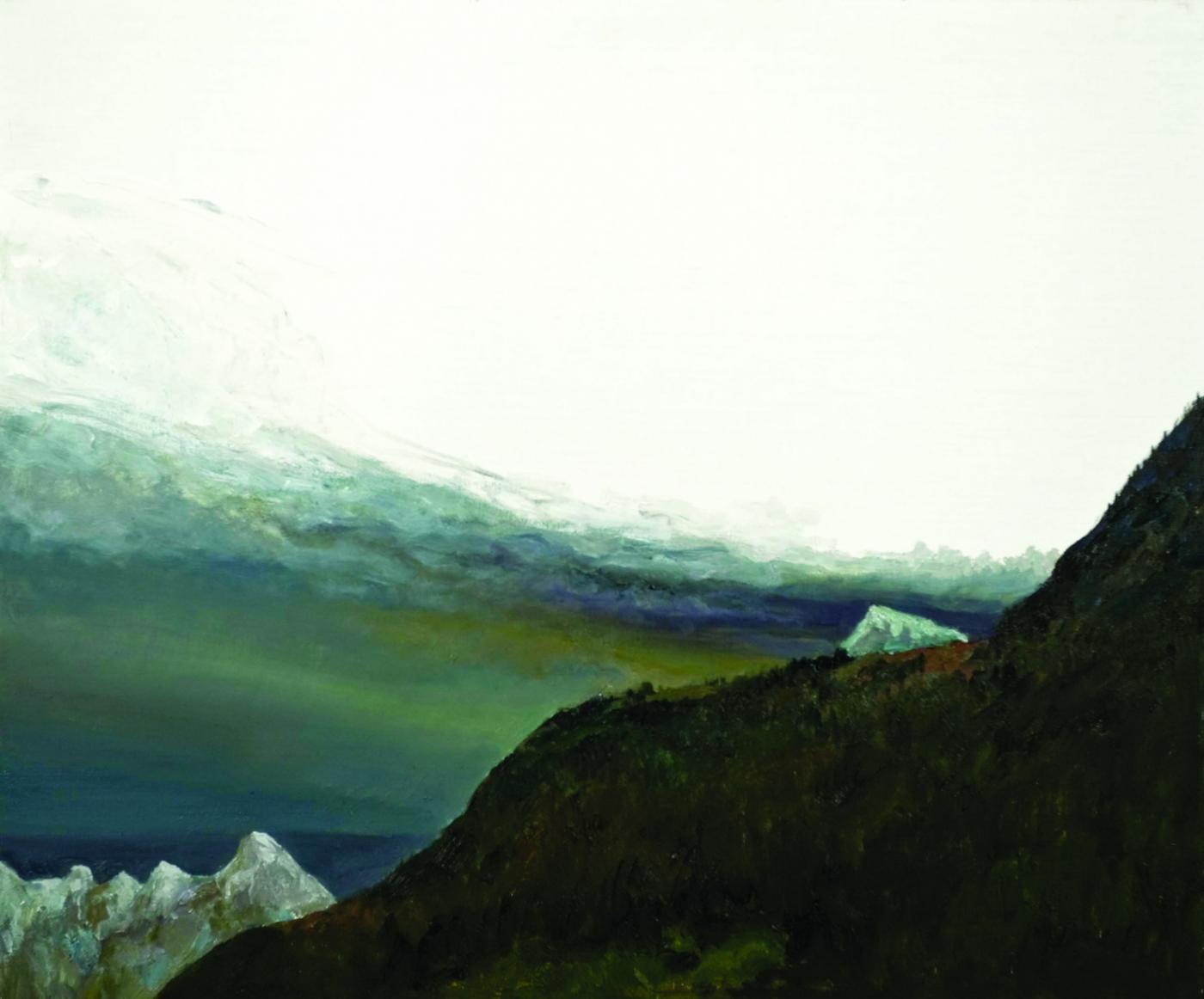
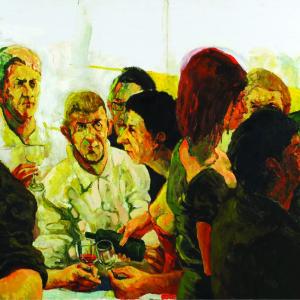
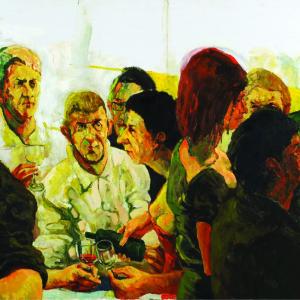
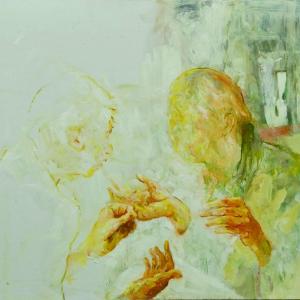
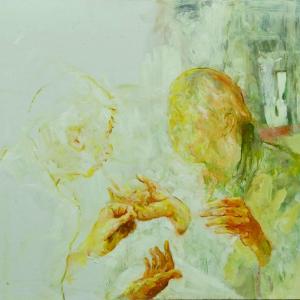
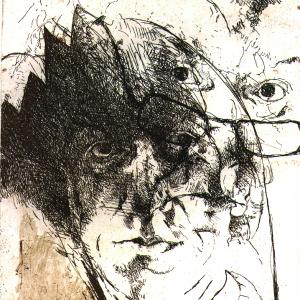
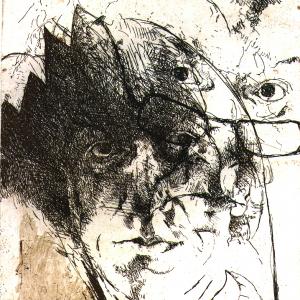
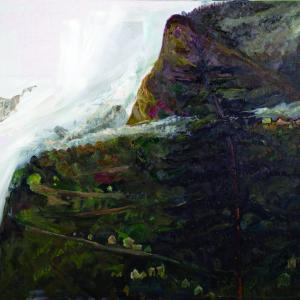

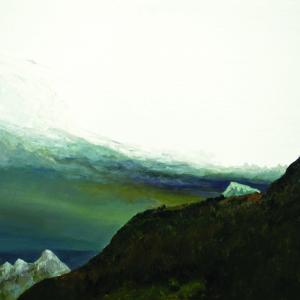






Comments 0
Say something